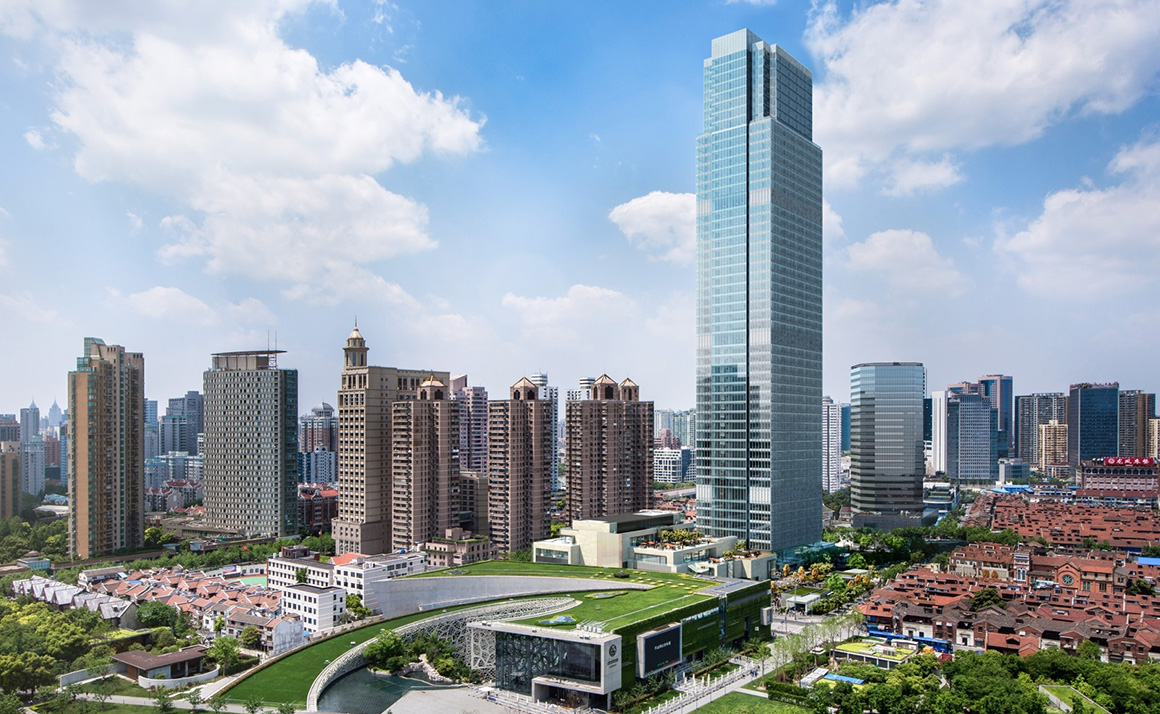
Decarbonising Hong Kong
Discover how Hong Kong aims to be a global leader in climate action with its new decarbonisation roadmap, targeting net zero emissions by 2050 and halving carbon emissions by 2035 from 2005 levels.
Hong Kong has ambitious targets for reducing emissions and a new decarbonisation roadmap shows how the city can be a world leader in to combating climate change.
The city’s government has set a target of achieving net zero emissions by 2050 and has also committed to halve total carbon emissions by 2035, from 2005 levels.
The Australian Chamber of Commerce in Hong Kong (Austcham), supported by Savills as knowledge partner, has produced a roadmap for the city to drive decarbonisation of the city by 2050. Input for the roadmap was gathered from industry, government and bodies such as the Hong Kong Green Building Council (HKGBC) and Business Environment Council.
Sam Crispin, Sustainability and ESG lead at Savills Asia Pacific, says the real estate industry and asset owners will be crucial partners in ensuring that Hong Kong meets its decarbonisation targets.
“The built environment accounts for 90% of electricity consumption in Hong Kong. Our decarbonisation road map sets out the key steps that cross industry collaboration can address. This is not the sole responsibility of regulators and organisations, every one of us has a role to play.”
While the challenge of decarbonisation is enormous, the Savills report found that strong foundations have been laid and Hong Kong building and construction industry already has most of the key elements needed to decarbonise.
However, Dr Cary Chan, executive director of the HKGBC, noted that “existing building sustainability initiatives only cover a small portion of the city’s energy consumption, with the majority of smaller developers yet to adopt sustainable practices”.
Key challenges include bringing decarbonisation to the forefront of the mainstream business agenda, encouraging retrofitting, increasing data transparency, increasing green certification of existing buildings, improving education and boosting capital allocation to sustainable investments.
A number of next steps for the Hong Kong built environment have been identified, including industry collaboration, regulations and incentives, data governance, scaling up decarbonisation, raising awareness and alignment of valuation mechanisms are needed.
Mainstreaming sustainable practices: Hong Kong must foster cross industry collaboration through regulation, data transparency and education.
Retrofitting existing buildings: regulatory requirements to achieve minimum green standard for existing buildings with grants to complete retrofit work.
Data sharing and benchmarking: set clear data standards to support transparent declarations of Energy Use Intensity as a measure of sustainability performance.
Green certifications and standards: adopt market-based incentives, stakeholder engagement and technology to support green certifications for existing buildings.
Education and awareness: create a range of awareness and education programmes and develop the expertise for decarbonisation of existing buildings.
Valuation, incentives and industry alignment: regulatory intervention is needed to align incentives, finance and valuations with the decarbonisation agenda.
The roadmap shows there is much Hong Kong needs to do across business, government and community. Crispin says: “To reduce total carbon emissions by 50% before 2035 the time to act is now.”
Further reading:
Road Map to a World Class Metropolis



